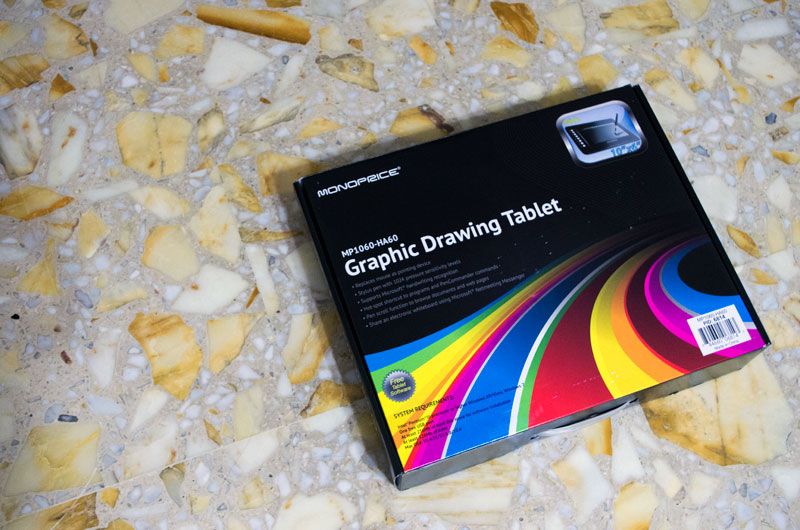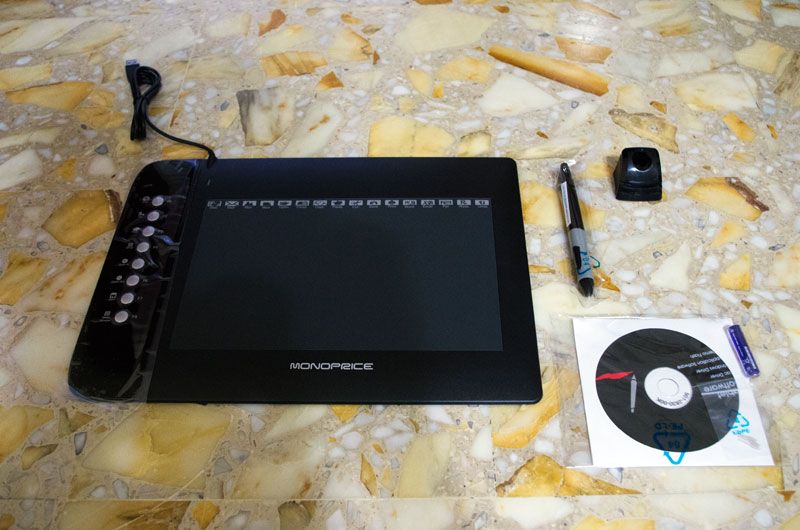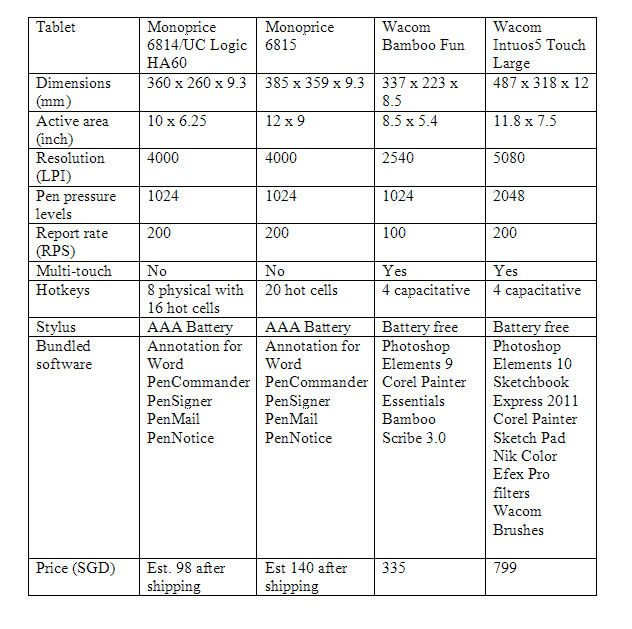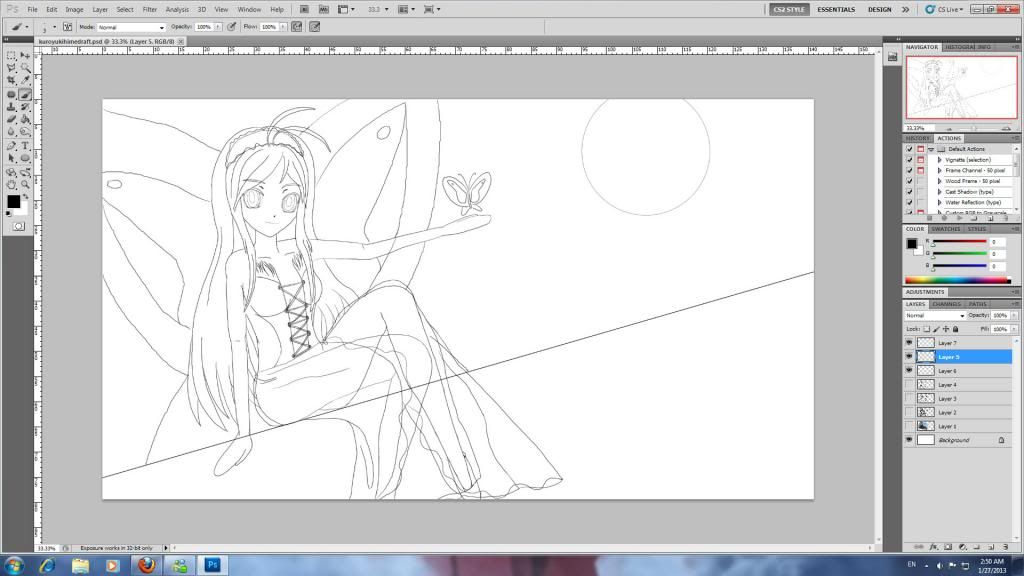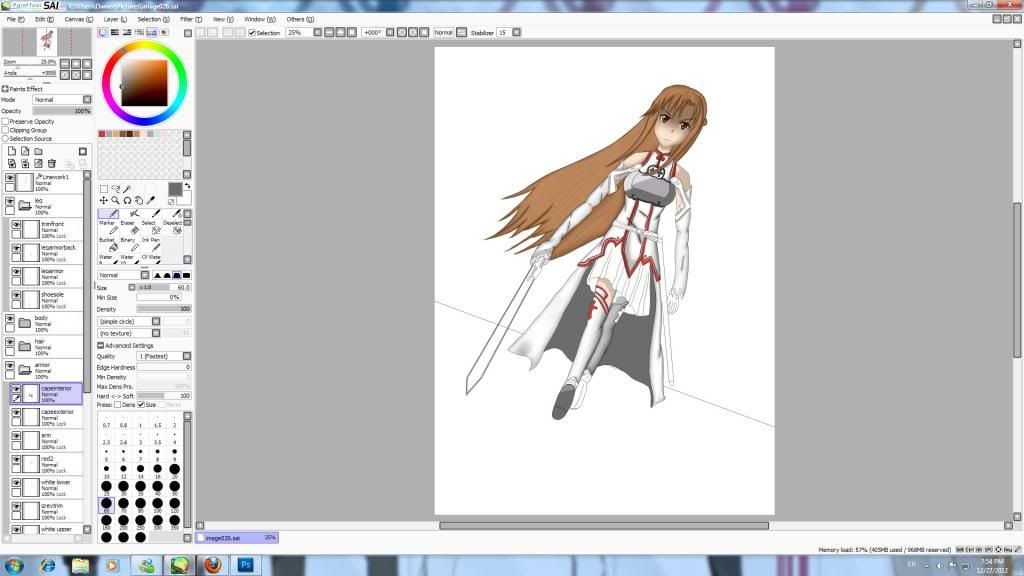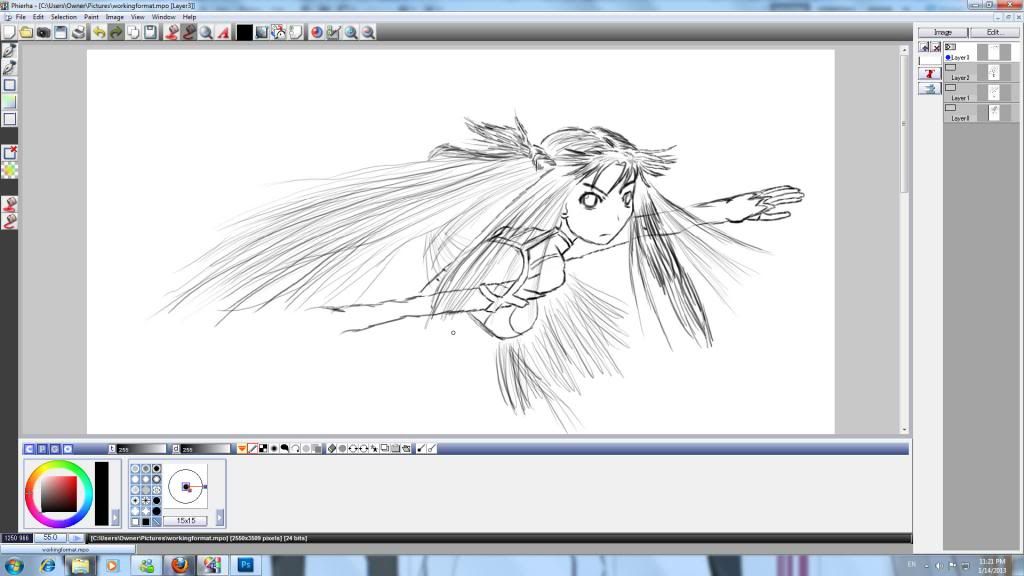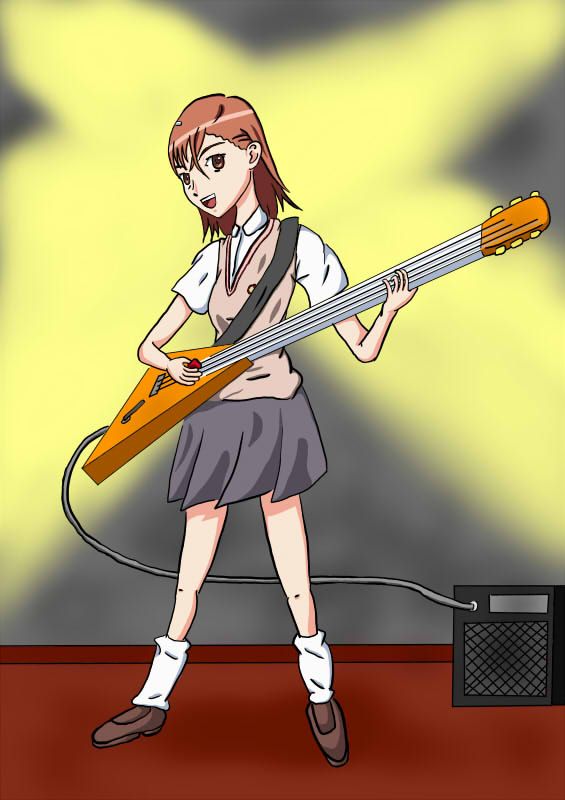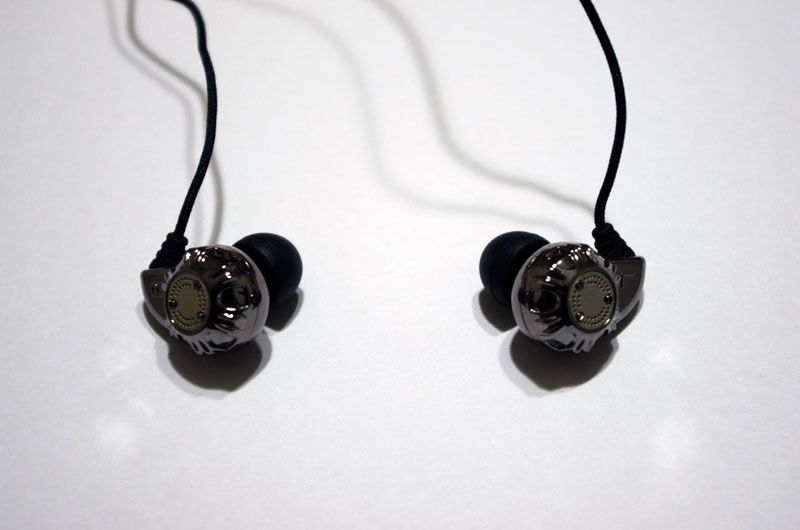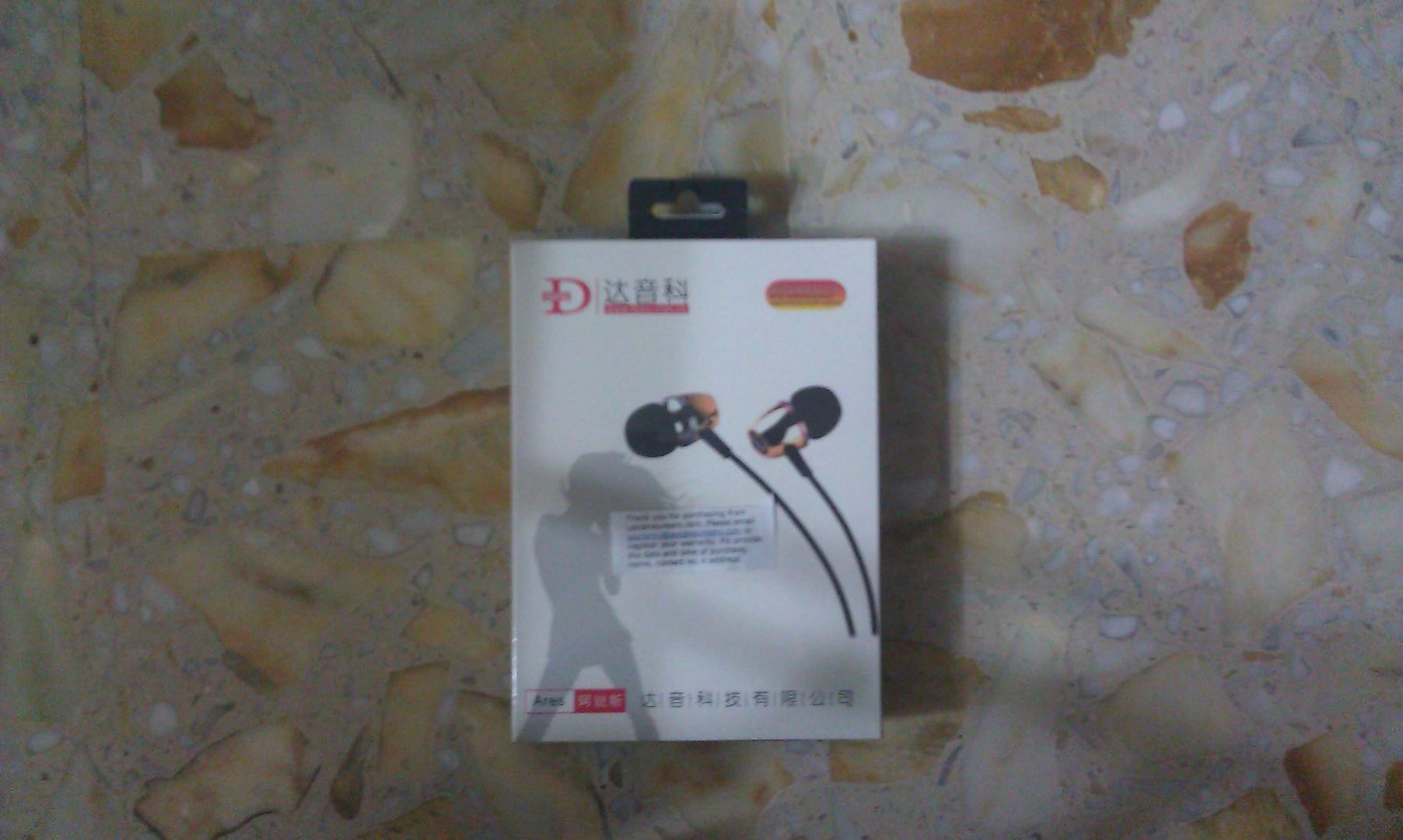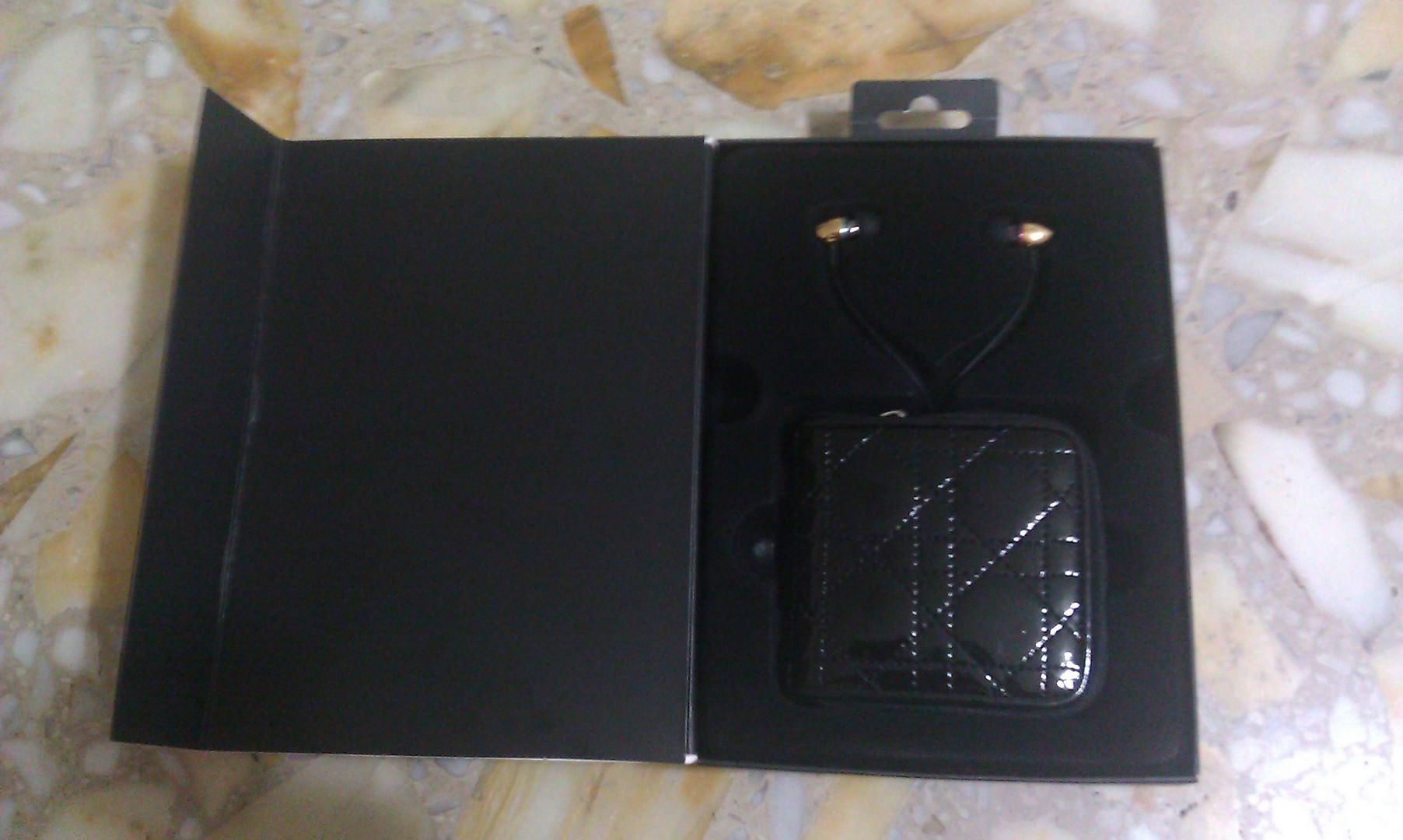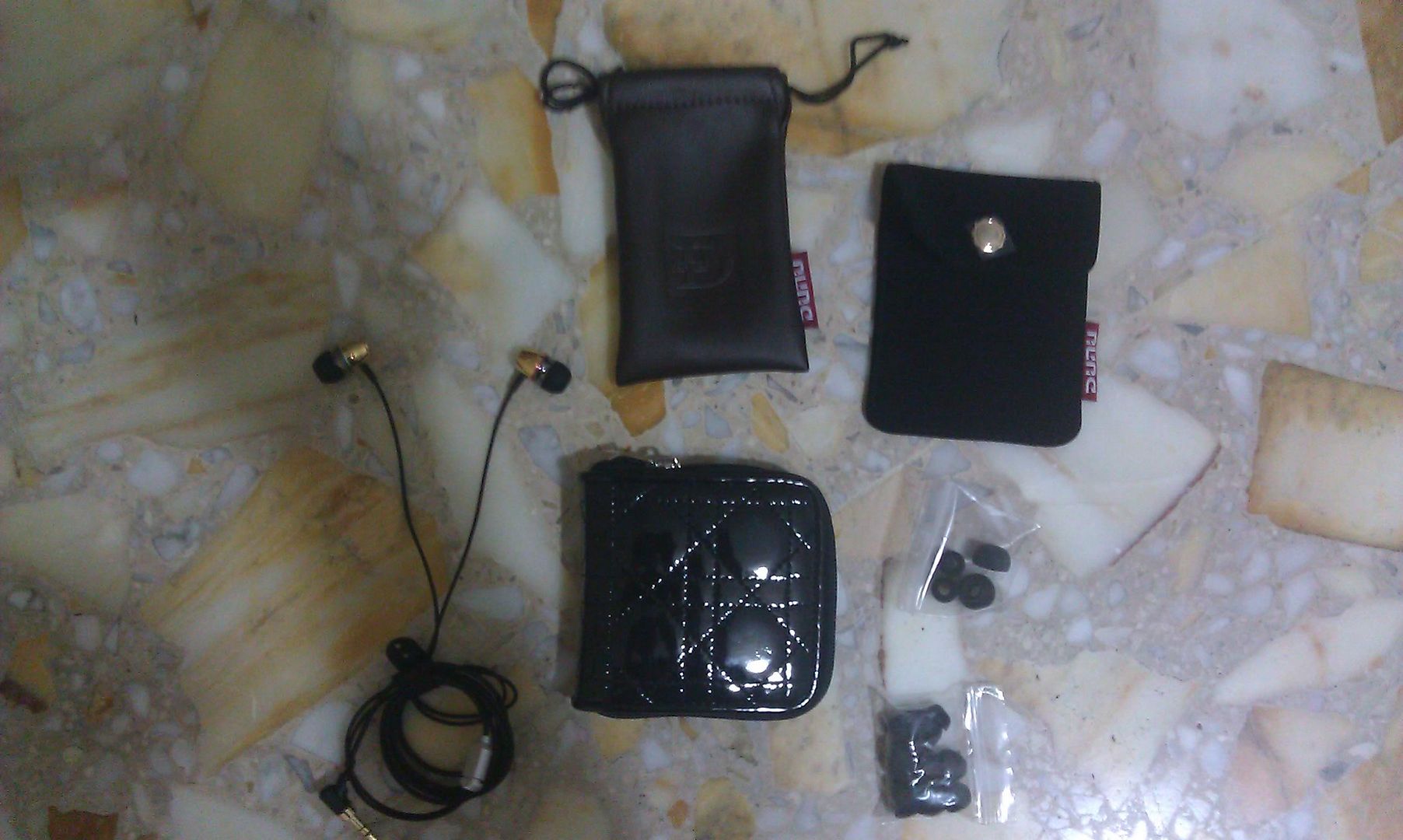Now let us bring our attention to the company Monoprice. To many online shoppers, the name Monoprice would be familiar. To TV owners and videophiles, they are known to carry cheap yet high quality HDMI and optical cables. To audiophiles, the Monoprice 8320 and 8323 are known to offer great sound for a budget price. However, few people are aware that Monoprice actually offers their own line up of graphics tablets, from the small yet powerful 4” x 3” to the mammoth 12” x 9” graphics tablet.
Today’s review is going to cover the Monoprice 10” x 6.25” graphics tablet. There are two versions of it, one with hot keys (Monoprice 6814) and one without (6251). This review will cover the one with hot keys. At the same time I will cover the Monoprice stylus you can buy separately in the website.
The Monoprice 6814 comes in a pretty large box with a handle. The box is approximately the size of what you get in the Wacom Bamboo Fun or Wacom Intuos5 Small. The box looks pretty professional, though not packaged at the level of the Intuos5 or even the Bamboo Fun.
Inside the box, you will find the Monprice 6814 (which almost fills the box), a graphics stylus, an AAA battery, a pen stand with nib remover, the instruction manual, the driver CD and a pack of replacement nibs. Pretty basic, but all the essentials are inside.
The Monoprice 6814 itself is pretty large, with dimensions close to a 14.1 inch laptop, but much slimmer. The tablet is mostly plastic at the top, and metal at the bottom. The design of this tablet is definitely less attractive than the Bamboo but not that it matters anyway. The active surface area is pretty large, about 1.5 times the size of an average manga or translated light novel. 8 buttons run down the side which allows for various functions such as zooming, copying and pasting. On top are also various hot cells which can be configured to run your desired programs. All this makes this graphics tablet great for daily use.
The stylus is pretty long at more than 6 inches long. It does not have an eraser at the top, and it runs on an AAA battery, which makes it heavier than the Wacom stylus, which is battery-free. The design, while looking like the one used by the Wacom, does feel pretty cheap. However, despite the cheap looks, this stylus looks durable and should be able to withstand the daily rigours of digital painting.
The pen holder is pretty nicely designed. The pen stands upright (pretty much like fountain pens) when not in use. There is a good weight to it, which prevents it from toppling over easily. At the bottom, there is a nib remover which allows you to change nibs when it wears out.
Before plugging in the tablet, the instructions in the box warns you to install the graphics tablet driver first. Installing the driver is pretty straightforward, and after restarting, the process is completed and you are ready to go.
The Monoprice 6814 uses a UC-logic digitizer, which are active digitizers. This means that the stylus runs on batteries and the batteries need to be replaced when they go flat. However, throughout the weeks that I have heavily utilized the stylus, I do not see the need to change the battery yet and it seems the battery will not run out very soon.
Specifications wise, the Monoprice 6814 is approximately in between that of the Bamboo Fun and the Intuos5. It has 1024 pressure levels, which is the same as that of the Bamboo Fun. It also has a reporting rate of 200RPS, which is on par with the Intuos5. Below shows a comparison between the largest tablets of the series and the Monoprice 6814 (along with the 12” x 9” Monoprice 6815)
From the above table it can be seen that the Monoprice tablet slots in between the Intuos5 and Bamboo Fun in terms of specifications. However, the price difference between the Bamboo Fun and 6814 is great at more than 3 times the price.
Now we will move on to the most important part of the tablet, the performance. Is it an Intuos5 beater? Nope, but it does well in certain areas and may even exceed the Bamboo Fun in certain aspects.
The first program that it is tested on is the industry standard of photo editing, Photoshop. A few days of testing shows that it functions really well in Photoshop. Pressure sensitivity is accurate and pressure opacity works. The degree of accuracy of pressure sensitivity is not as refined as say, the Intuos5, but it is more than enough for hobbyists, and definitely as good as the Bamboo Fun. There is no eraser on the stylus, but no big issue since many artists do not really care for the less accurate eraser. The Monoprice tablet actually has less jitter due to the active digitizer. While my lines do look like there are accuracy issues with the tablet, there truly isn’t. It is just my limited and mediocre drawing skills limiting the tablet. Below shows what I can do with the tablet on photoshop (lineart).
The second program I tried on is Paint Tool SAI, which the preferred program for manga fan artists (like me). Paint Tool SAI is light in weight and consumes fewer resources, making drawing a much smoother experience. Pressure works perfect on SAI, and drawing is a breeze. Jitter is almost non-existent and accuracy is spot on due to the higher resolution.
(Pardon my poor artwork)
Artweaver is a free painting program with some pretty neat photo editing features. There is a paid one (which should cost about the same or slightly more than Paint Tool SAI), but the free one is so packed with features it is enough for most artists. The tablet works very well on ArtWeaver. Pressure sensitivity is very accurate and reactive, making it good for line work and colour work.
GIMP (2.8.2) has issues with the graphics tablet, unfortunately. Actually, GIMP 2.8.2 has issues with ALL other brands except Wacom (what kind of favourtism is this GIMP). Many Monoprice, Genius and UC Logic users are having issues with GIMP 2.8.2. I went back to version 2.6 of GIMP and it does work, and very well indeed. Pressure sensitivity is good, accuracy is very good as well. In the past, there are issues with dual monitors in GIMP, but the issues have been fixed with a new updated driver (provided in the CD). For those who are using anything other than Wacom, either switch back to 2.6 or pressure GIMP to fix the tablet issue.
I tried the tablet with myPaint but it does not work as well. Apparently, it supports Wacom tablets properly only. On the Monoprice, there is no pressure sensitivity, and when the program is run the second time, it shows issues that look similar to the one in GIMP 2.8.2.
On the other hand, it works really well on the freeware program Pixia/Pirenha. While Pirenha does have is own issues like poor refresh rate (due to the not-so-good coding) the pressure sensitivity works very well, and it makes it great for drawing lineart and such.
Pardon my noob artwork, but below shows what the monoprice can do.
There is an alternative stylus sold in Monoprice that costs about 8USD before shipping. If you need a spare or do not like the stylus, you should buy this one. It comes with a battery, replacement nibs and nib remover. While it is slightly shorter than the one bundled with the Monoprice tablet, it is slightly heavier. The buttons are recessed and flush nicely with the grip of the tablet. In my opinion, I like the weight distribution of the alternative tablet better, and therefore I use it more often than the stock tablet provided.
All in all, this pen is a step up from the provided one (and even the Wacom in my opinion) in terms of looks, feel and build quality. Though the build quality of battery compartment feels questionable, but does not matter since one does not open it often. I believe that if you do not like the stock stylus, you can actually love this one.
Battery life for both stylus is rated at 4 weeks. I have used this tablet for about 2 months (mostly doing fanart and browsing) and I have yet to replace the battery. Yes, for Wacoms you do not need to think about replacing batteries, but in my opinion, with this long battery life, I don't think it is a big issue as long as jitter is well controlled.
At below 100 after shipping, it is cheaper than the cheapest Wacom in the line up, the Wacom Bamboo Pen (which costs about 135SGD MSRP). Being larger (size is considered large if it was in the Wacom lineup), more accurate and having less jitter, it is a great performer for a sub-100 tablet. While there are some issues with certain programs (GIMP 2.8 and myPaint), it will not stop me from recommending the Monoprice tablet over the Wacom Bamboo Pen as the tablet for beginners, hobbyists and probably even professionals as well.
